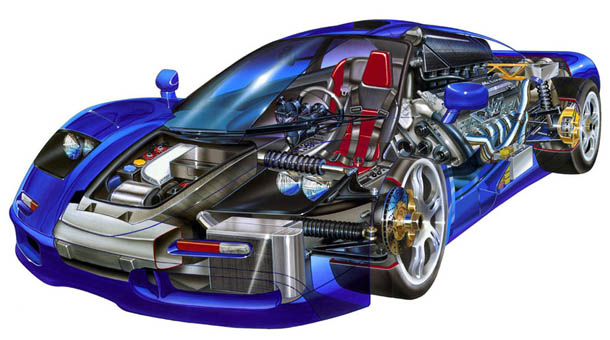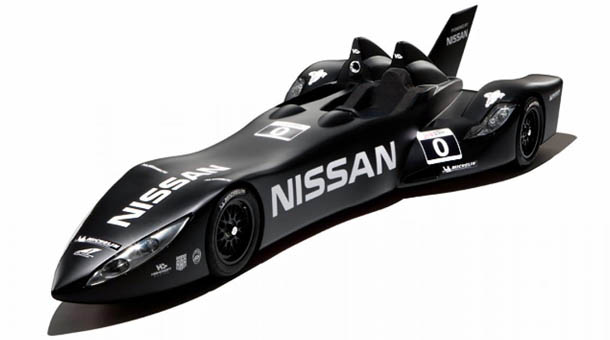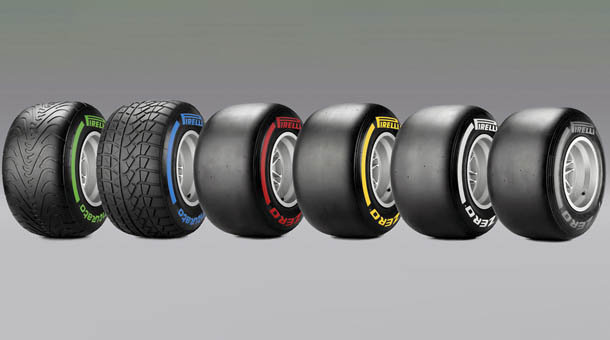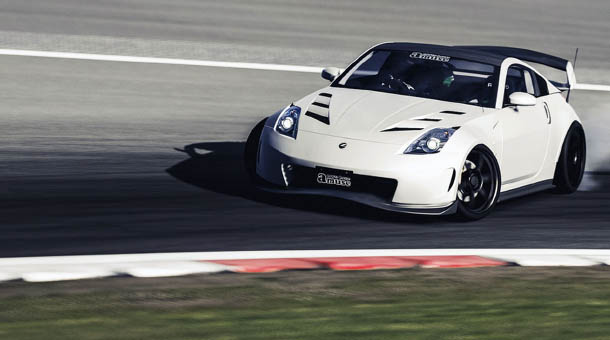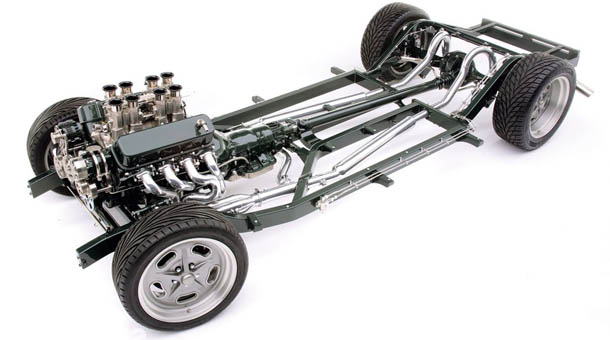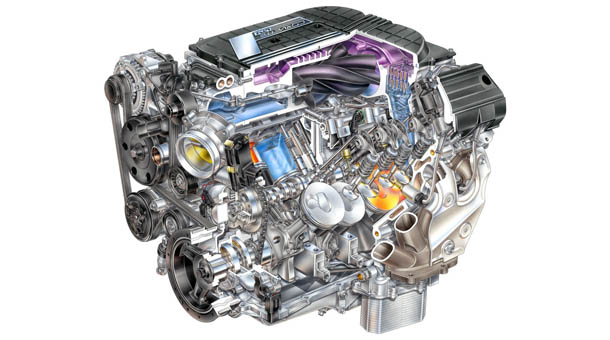Below is information about types of suspension, brakes, and their specific adjustments. Proper configuration is the key to victory. Racing suspension and brakes allow for braking much later, saving crucial milliseconds that separate the leader from the main peloton.
TYPES OF RACING SUSPENSION
- Soft
Designed for tracks with uneven surfaces. The lower stiffness of its springs and shock absorbers ensures maximum tire contact with the road.
- Stiff
Used on tracks with relatively smooth surfaces. Increasing the stiffness of the shock absorbers along with the springs can achieve maximum steering linearity.
- Rally
Created for gravel and dirt tracks. Its increased travel and ground clearance maintain tire contact with the track on any unevenness, effectively utilizing the car's engine power.
- Fully adjustable
Used in circuit racing. By adjusting the ride height, stiffness of the shock absorbers, springs, and stabilizers, as well as wheel alignment angles, it allows for precise tuning in accordance with the upcoming race track.
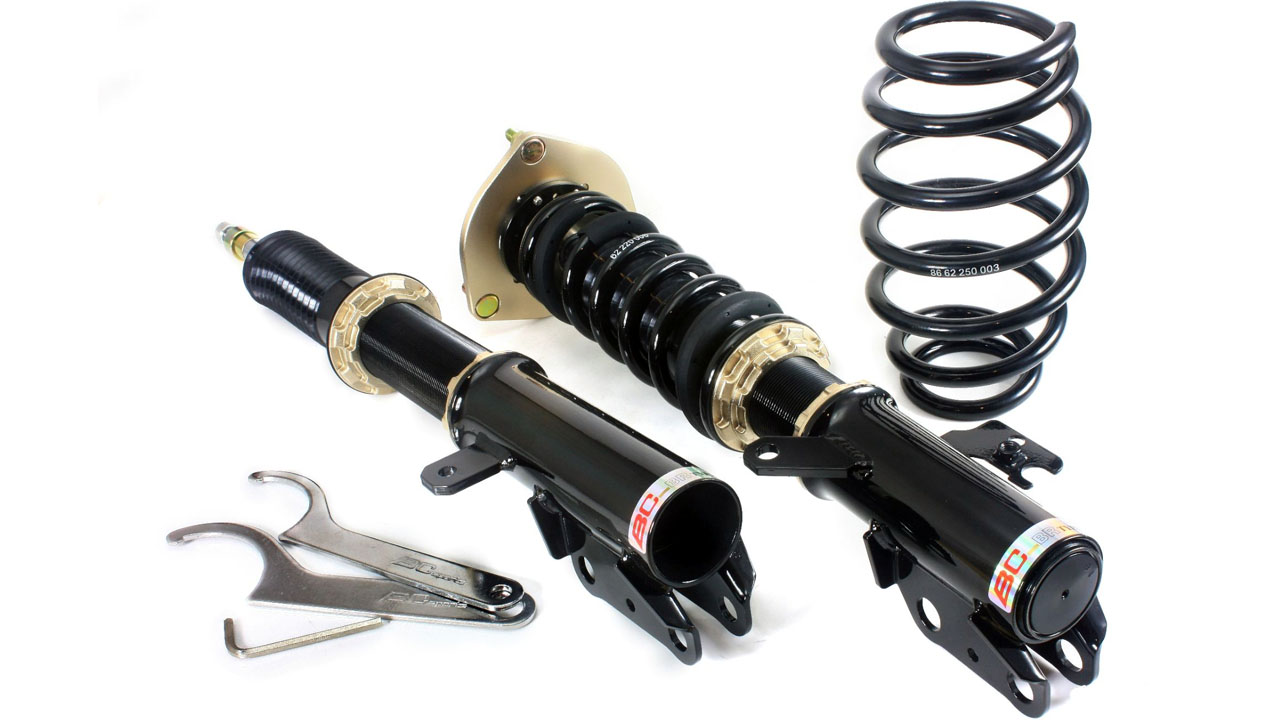
ADJUSTING THE SHOCK ABSORBERS
- Ride height adjustment
The distance between the car's underbody and the road surface. The lower the ride height, the lower the center of gravity and better the maneuverability. However, excessively small ride height can hinder the suspension's performance, negatively affecting stability.
When reducing it, it is advisable to reduce the suspension travel and increase the stiffness of the springs. The front and rear ride height can be adjusted separately, which affects maneuverability: for example, reducing the front ride height contributes to excessive oversteer, while increasing it leads to insufficient oversteer.
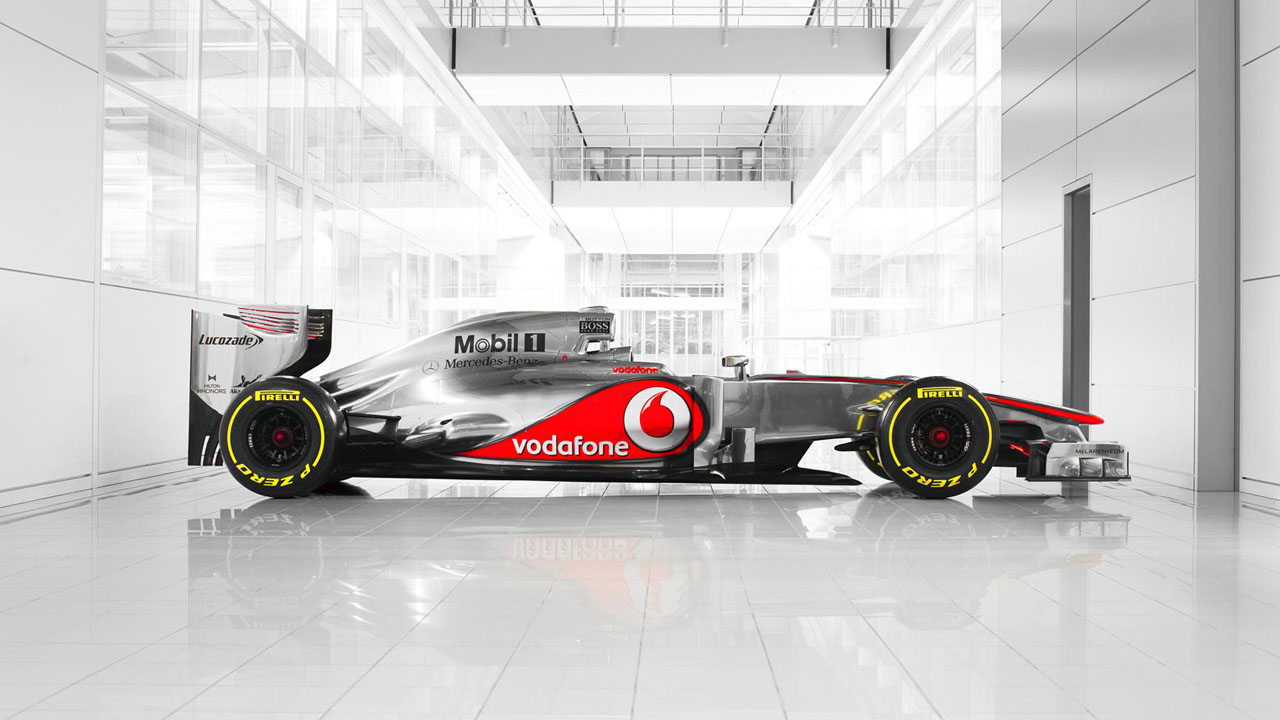
- Spring stiffness adjustment
Higher stiffness results in sharper suspension performance and less vehicle roll during movement. The general rule is that "stickier" tires require a stiff suspension. However, this parameter also affects maneuverability: softer front springs increase excessive oversteer, while softer rear springs result in insufficient oversteer.
- Compression stiffness adjustment
Shock absorbers limit the travel of the springs, damping excessive chassis oscillations. If they are too stiff, the overall suspension stiffness will also increase, negatively impacting the car's stability. Similar to springs, separate adjustment allows for influencing maneuverability.
- Rebound stiffness adjustment
Shock absorbers limit the travel of the springs, damping excessive chassis oscillations. Generally, the rebound stiffness should be higher than the compression stiffness, but excessive presence can hinder the work of the springs, impeding load transfer control.
- Stabilizer adjustment for lateral stability
The principle here is the same as with the suspension springs, but changes only affect lateral oscillations, not longitudinal ones. By separately adjusting the front and rear stabilizers, you can influence maneuverability while appropriately adjusting the springs. Stiffer stabilizers require softer springs, and vice versa.
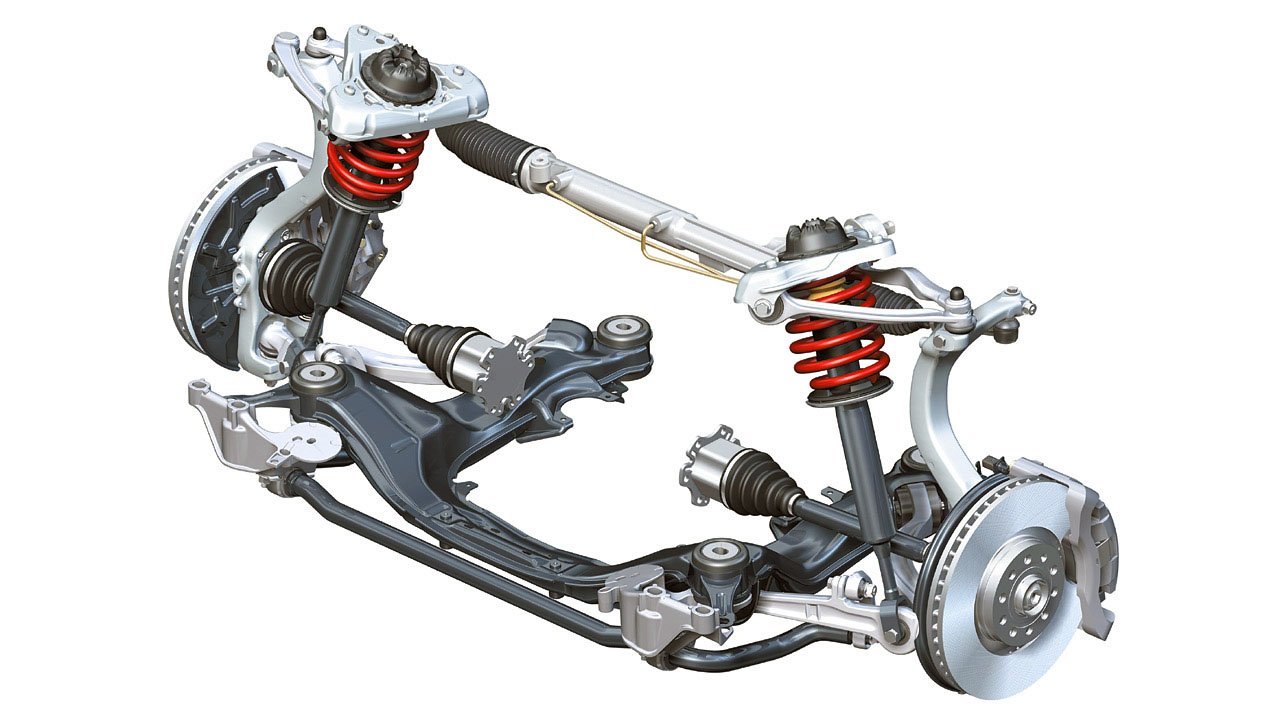
CAMBER AND TOE ANGLES
- Camber
The angle between the wheel's vertical axis and the vehicle's vertical axis. The larger it is, the larger the contact patch, but excessive camber can cause braking issues. Changing the angles affects the car's behavior in turns.
- Toe
The angle formed by the wheels of one pair when viewed from above. If the angle's vertex is directed forward, it is called positive; if backward, it is called negative. Positive toe increases straight-line stability.
For front wheels, it contributes to insufficient maneuverability, while negative toe enhances steering sensitivity. For rear wheels, positive toe improves stability in both straight-line and turning motion but hampers maneuverability.
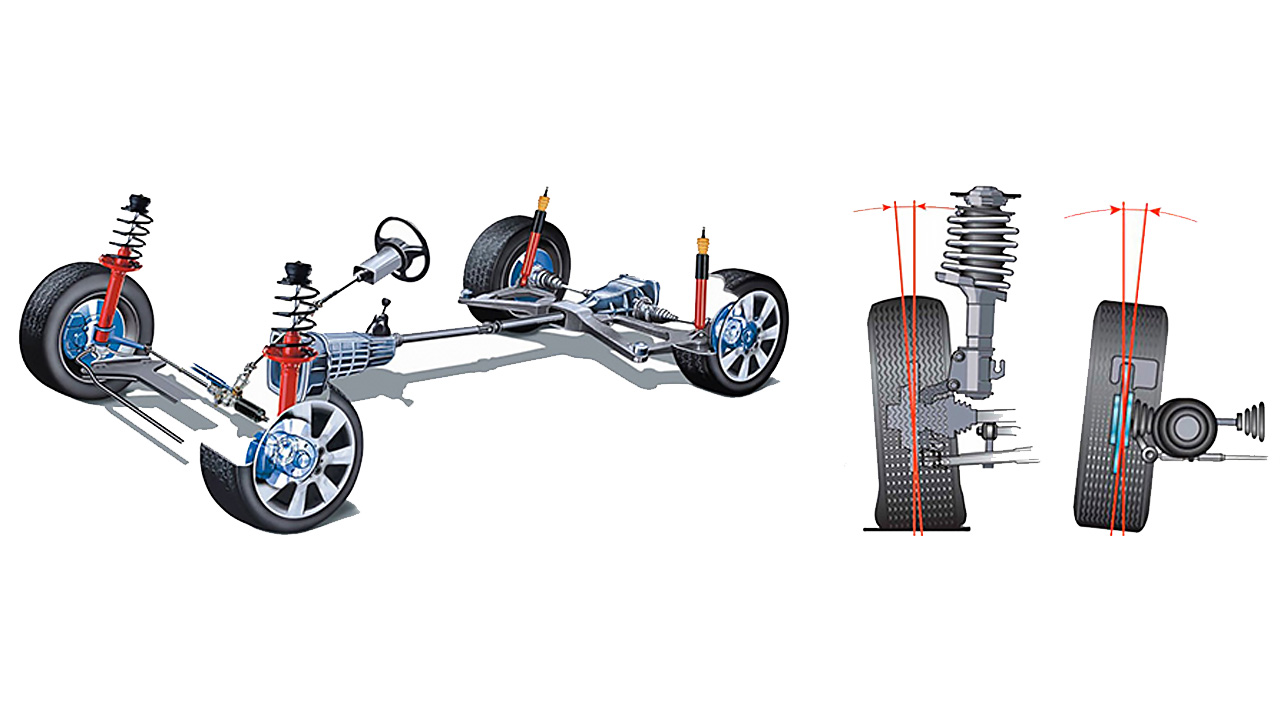
BRAKES
Racing brakes include larger diameter discs and stiffer calipers. They maintain their effectiveness even during prolonged use at high speeds, making them an optimal choice for endurance racing.
- Brake balance
It is a device that allows separate adjustment of the brake sensitivity on the front and rear. In most cases, the adjustment is made according to the load on the wheels after adding or moving ballast (handicap). However, it is possible to intentionally deviate from this rule to influence the handling.
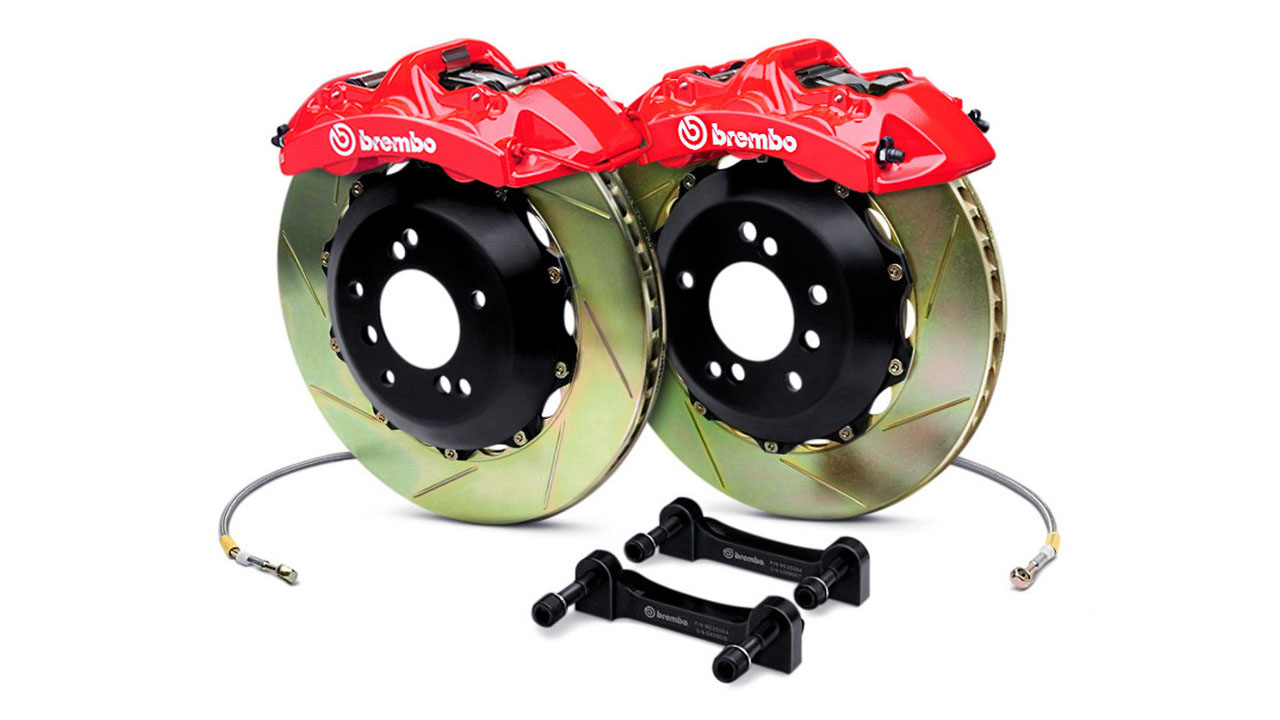
Remember - properly tuned suspension and brakes are not only the key to victory but also a crucial factor for your safety in car racing.
